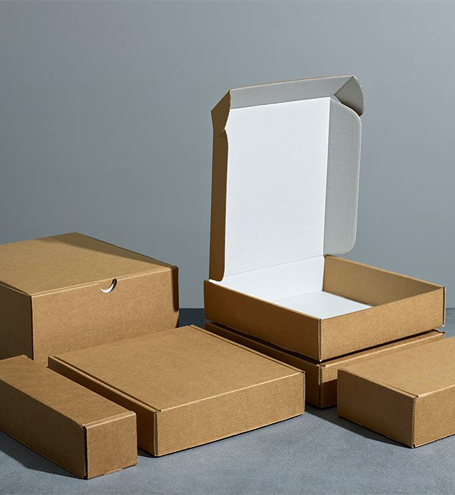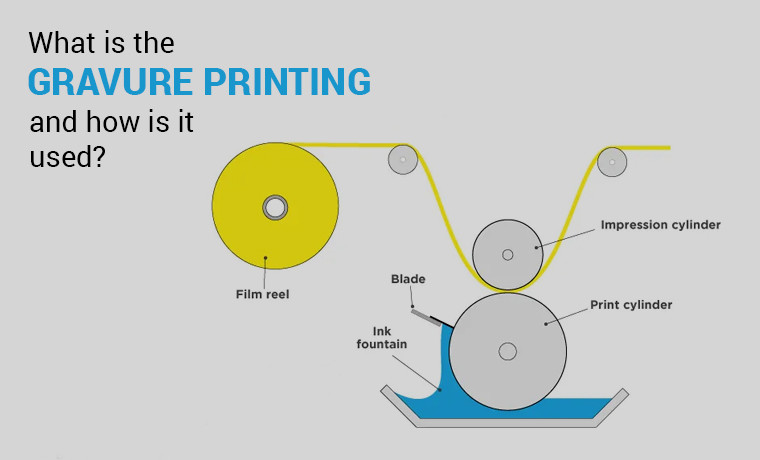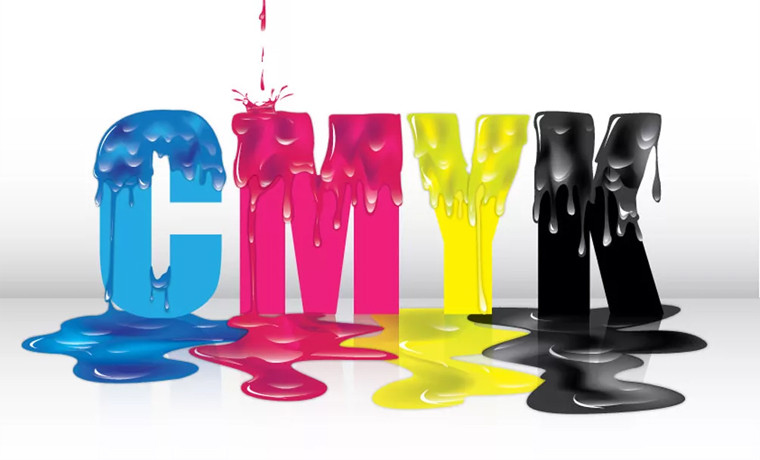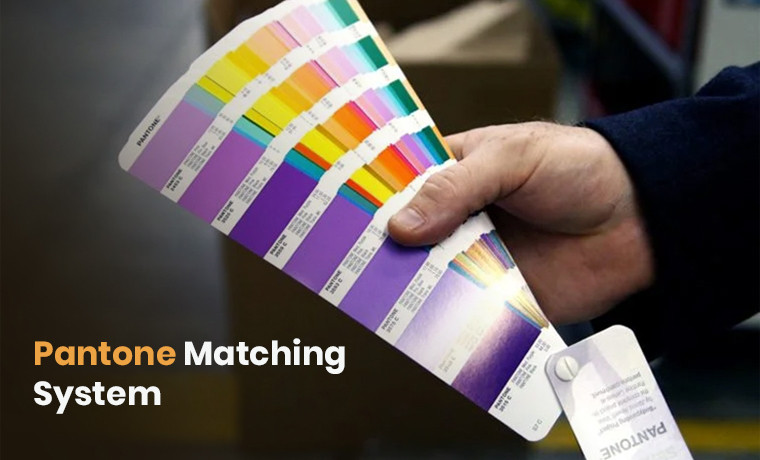What is Foil Stamping: Process, Types, Benefits & Best Uses
September 04, 2025
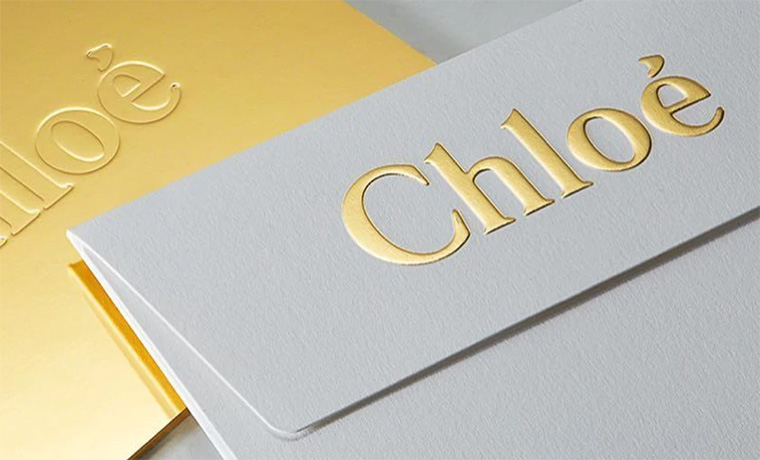
Ever been drawn to the stunning golden or silvery shine on a packaging box? That classy, luxurious look doesn’t happen by chance; it’s the magic of foil stamping.
So, what exactly is foil stamping?
It’s a high-end printing technique that uses heat, pressure, and metallic foils like gold or silver to create shiny, eye-catching designs. This method transforms ordinary packaging into something truly premium and memorable.
If you're aiming to level up your current packaging or branding, foil stamping could be the edge you're looking for. In this guide, we will explore where it came from, how the process works, and why it's a go-to choice for brands seeking a luxurious finish.
Let’s discuss its types, benefits, and best use cases of foil stamping to help you decide if it’s the right fit for your next packaging project.
What is Foil Stamping Technique?
Foil stamping also known as hot foil stamping is a printing method that creates glossy graphics and decorative design on paper or fabric material through metal dies, heat, pressure, and metallic foils. Similar to embossing or debossing, in which heat and pressure are applied to create a unique design. This printing technique adds a luxurious finish to:
- Stationery
- Labels
- Product packaging
- Holiday cards
- Seals
- Pocket folders
- Postcards
- Certificates
A brand can apply foil stamping to grab more attention from customers. Ultimately, it can drive more sales and revenue.
A Brief History Of Foil Stamping
Let’s explore the journey of foil stamping when it started.
Origin of Foil Stamping
Discovering the creation of foil stamping takes us back to ancient civilizations where the gold-beaten process was done using a hammer. Back in time in China, the ruling time was the Ming Dynasty (1338-1644).
Foil stamping began to appear during the Ming Dynasty tenure. Initially, it was used on books, paintings, and other handicrafts. The gliding was used to decorate books and letters in Europe before foil stamping.
1700s
Foil stamping was developed in the 17th century when new tools and technologies were developed to make hot foil stamping more convenient.
1800s
Hot foil stamping foil in the late 18th century was developed by a master bookbinder in Berlin. In the 1800s, foil stamping was applied to cultural artwork and many products.
1900s
Modern foil printing came into being in the early 19th century.
Evolution
Over time, foil stamping techniques became more prevalent. It gained popularity in industries between the 1950s and 1960s. Today, it is popular and efficient for adding a classy touch to your packaging design.
7 Popular Types of Foil Stamping
The types used in the packaging and printing industry for hot, gold, and silver foil stamping are seven. Let’s discuss them.
1. Metallic Foil Stamping
Provides a shiny and reflective finish, adding sophistication and elegance when printed with metallic foils, such as gold, silver, copper, or bronze.
2. Pigment Foil Stamping
Extremely versatile to create eye-catching designs and lettering using matte and gloss finishes to elevate the look and perceived value of the product.
3. Holographic Foil Stamping

A decorative technique for adding flashy, rainbow-like effects with the holographic design creates a fascinating three-dimensional effect with shifting colors when viewed from different angles.
4. Specialty Effect Foil Stamping
Includes textured foils, such as leatherette, woodgrain, or brushed metal effects.
5. Matte Foil Stamping
Offers a subdued and elegant finish without the reflective qualities of metallic foils and is often used for a more contemporary look.
6. Gloss Foil Stamping
Similar to metallic foils but without the metallic color, and can create a sleek and polished appearance, suitable for high-impact designs.
7. Patterned Foil Stamping
Come with pre-patterned designs such as dots, stripes, or geometric shapes.
The Powerful Benefits of Foil Stamping
 When it comes to discussing the perks of foil stamping, there are many in packaging and printing. Let’s explore them.
When it comes to discussing the perks of foil stamping, there are many in packaging and printing. Let’s explore them.
- Adds a shiny and touch of luxury with an eye-catching finish for a premium look.
- Versatile and can be easily printed on papers of different colors, plastic, or fabric.
- Easy to customize with a wide range of colors and effects.
- Provides excellent durability and resistance to fading and wear.
- Offers enhanced branding and leaves a professional brand impact.
Key Tip:
- Use light foil for dark color papers.
- Use dark foil for light color papers.
Best Applications of Foil Stamping Printing in Packaging
Foil stamping is a versatile and premium printing technique widely used in the packaging industry to elevate visual appeal, enhance branding, and create a luxurious impression. Below are the key applications of foil stamping examples in packaging:
Luxury Packaging
Adds a premium and high-end look to products like cosmetics, jewelry, or perfumes. You can add branding elements, logos, and key visuals to make your brand stand out.
Gift Boxes, Bags, and Wrapping
Foil stamping enhances the visual appeal for special occasions. Branded shopping bags, gift bags, boxes, or wrapping paper add a festive touch.
Food and Beverages
Foil stamping is applied to wine labels and chocolate boxes. You can create promotional packaging with compelling designs for limited editions.
Subscription and E-commerce Boxes
Foil stamped logos and designs on shipping boxes make the unboxing more special and memorable. Many ecommerce businesses use foil stamping for their subscription boxes or services. Ultimately, it can boost customer loyalty.
Step-by-Step Process of Foil Stamping
You may be curious to know what is foil stamping process is. It is a machine-based process that works smoothly.
Step 1: Make the Design Ready
Create the artwork you want to stamp. Make it ready. Ensure it is error-free before taking it to the die.
Step 2: Create a Metal Die
A metal stamp with your design is created.
Step 3: Choose a Foil
Pick a shiny or colorful foil roll.
Step 4: Setting Up the Machine
Mount the die onto the stamping machine and heat it.
Step 5: Place the Material
Put the packaging material, like paper or fabric in the machine and apply pressure to it.
Step 6: Stamp the Foil
The machine presses the hot die and foil onto the material.
Step 7: Final finish
The foil sticks only where the design is. It leaves a shiny finish. DONE!
Tip:
Add more plates if you want embossing or debossing.
Most Common Mistakes to Avoid During Foil Stamping
Here are the most common mistakes you should avoid when you are ready to apply foil stamping.
Incorrect Temperature and Pressure Settings
The foil may not transfer properly if the temperature is low. Too little pressure can faint stamp.
Overheating
The foil can scorch if the press is left idle for too long. Too high pressure can cause scorching of the foil. Avoid it.
Blurred Text
Too thick a paper coating and too much embossing force can blur the text.
Using the Wrong Foil Type
Not all types of foil are suitable for all surfaces. Choose foil wisely for your packaging material.
Low-Quality Dies
Cheap or worn-out dies can result in uneven stamping.
Skipping Test Runs
Always run test prints to find the issues before the full production run.
Dirty Surfaces or Dies
Dust or residue can interrupt foil transfer and finish quality.
Key Differences Between Hot and Cold Foil Stamping
Take a look at the chart below to compare both cold and hot foil stamping:
| Features | Hot Foil Stamping | Cold Foil Stamping |
| Process | Uses heat and pressure to transfer metallic foil onto the material | Uses adhesive and UV light to bond the foil to the material without heat |
| Equipment Required | Requires a heated die and stamping machine | Requires a printing press with UV curing capabilities |
| Finish Quality | Produces sharp, detailed, and high-quality finishes with vibrant colors | Less detailed and slightly less vibrant |
| Production Speed | Slower | Faster |
| Durability | Highly durable and resistant to fading, scratching, and wear. | Less durable but still offers good resistance |
| Customization | Ideal for small runs and highly customized designs | Better suited for large-scale and repetitive designs |
| Cost | Expensive | Cost-efficient |
Conclusion
Now you have enough knowledge about foil stamping to give you more ideas for creating a distinctive look for your packaging design. If you want to take advantage of this premium printing, contact Custom Product Packaging, where every printing process is made with care and full attention.
Send us a quick email at orders@customproductpackaging.com, and you will be approached by one of our professional representatives to discuss your requirements. We are obliged to serve our clients by offering quality packaging at pocket-friendly prices with free of cost shipping. Get in touch with us to book your order today!
